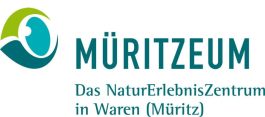
State Natural History Collections
A passion for collecting in the name of science
a passion for collecting in the name of science
A treasure that creates knowledge
Would the manor owner Hermann Freiherr von Maltzan have imagined more than 150 years ago that his natural history collection, which was originally private, would grow to become one of the most significant state collections of its kind in Mecklenburg-Western Pomerania? In 1866, the first natural history museum in Mecklenburg-Western Pomerania was founded with the Maltzanean Natural History Museum for Mecklenburg, otherwise known as the Maltzaneum. The collection today encompasses around 300,000 specimens and documents the flora and fauna of the federal state. It includes some rarities, such as the type specimen for a fossil bug, the antlers of an Irish elk and the first proof of a red-flanked bluetail in eastern Germany. You can discover selected exhibits from the State Natural History Collections on your tour of the different sections of the exhibition in the Müritzeum.

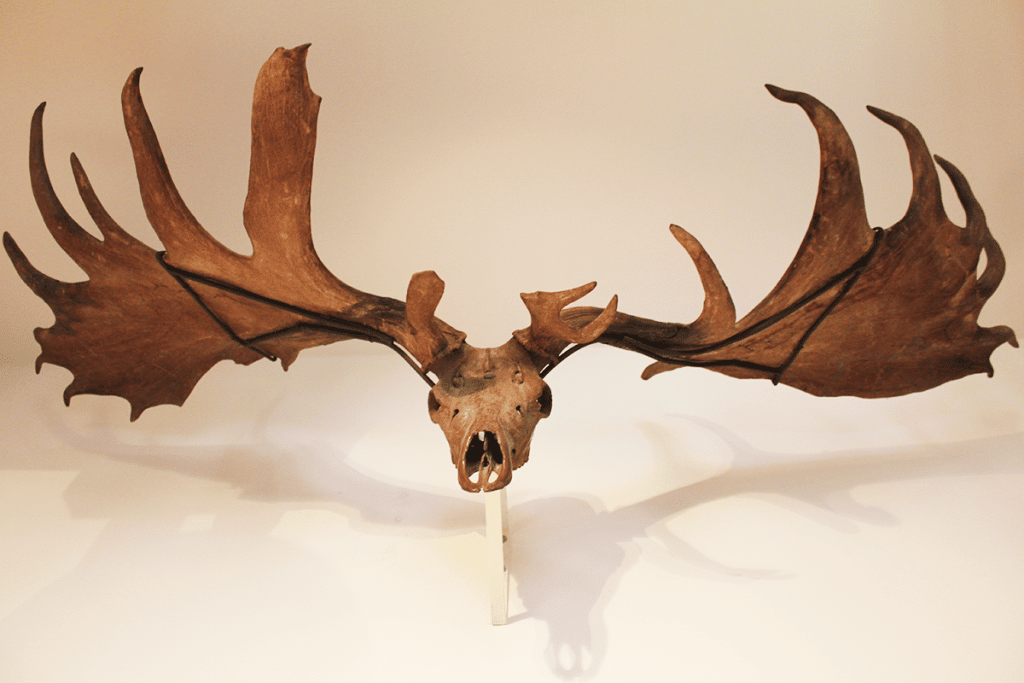
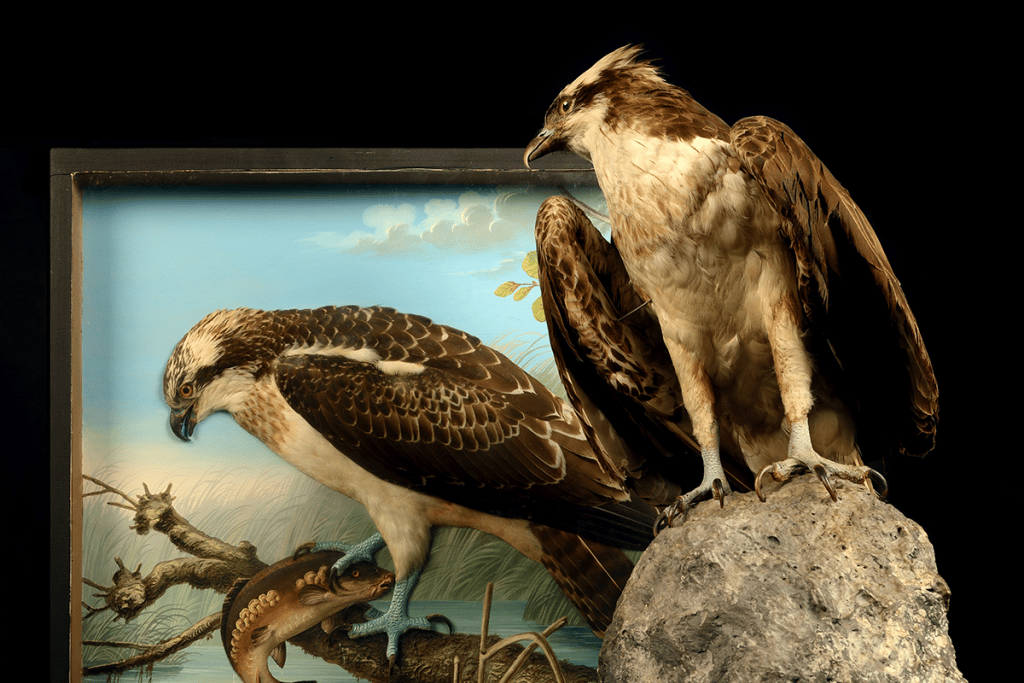
A valuable database of nature
Thanks to the support of various institutions, scientists and volunteers, we are able to constantly expand, catalogue and study the State Natural History Collections, which were founded in the 19th century. The collections’ exhibits come from different sources and various fields of the natural sciences. Every single specimen is a highly valuable data carrier for nature that contains large amounts of scientifically relevant information.
The State Natural History Collections include the Botanical Collection (Herbar), the Geological Collection with fossils, rocks and minerals, and the Zoological Collection with insects, birds and molluscs, among other forms of animal life.
Alongside these collection areas with an extensive number of specimens, there are some smaller collections of mammals, fish, amphibians, reptiles and invertebrates. The diversity of the historical and contemporary specimens, in particular those from Mecklenburg-Western Pomerania, gives the collections an immense and incalculable scientific and cultural value. They are an important archive of natural and landscape history.
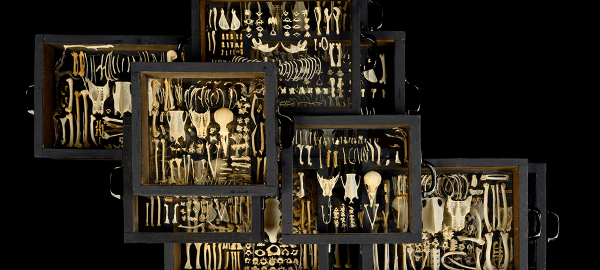
Zoological Collection
Around 210,000 specimens from different animal groups can be found in the Müritzeum’s Zoological Collection – and that number is constantly rising.
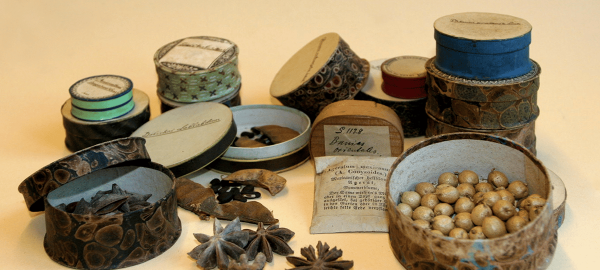
Botanical Collection
The plant collection includes ferns, flowering plants, mosses, algae and fungi as well as special collections, such as seeds and wood samples.
What flora, fauna and rocks reveal
How is climate change influencing the indigenous plant and animal kingdom, which species are being forced out of Mecklenburg-Western Pomerania, and which new ones are migrating to the state? Scientists can use the collections’ exhibits to respond to important questions that no one could have answered 150 years ago. With the aid of new scientific methods and techniques, nature’s secrets can gradually be revealed. By preserving scientific evidence, the collections and their numerous exhibits provide an essential foundation for further research questions that future generations may pose.
We want to share the knowledge of many generations of scientists with you. By exploring the Müritzeum independently, taking part in one of our educational programmes or attending evening talks, you can learn many interesting facts about our native flora and fauna.
Nature between two book covers
In addition to a substantial number of biological and geological specimens, the State Natural History Collections also contain a large library that focuses on specialist natural history literature and Mecklenburg studies. Our oldest treasure is a book dating from 1588. The Müritzeum also houses an extensive archive of visual and written evidence on the natural history and landscape of the Müritz region.
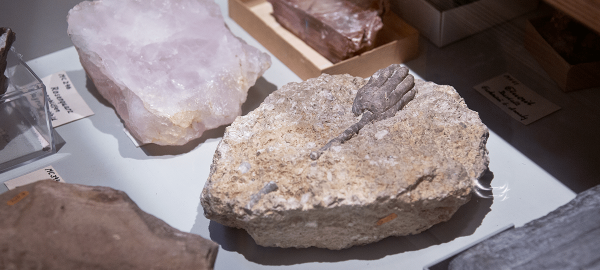
Geological Collection
The Geological Collection today contains more than 25,000 rocks, minerals and fossils. You can marvel at some of the objects in the different sections of the exhibition.
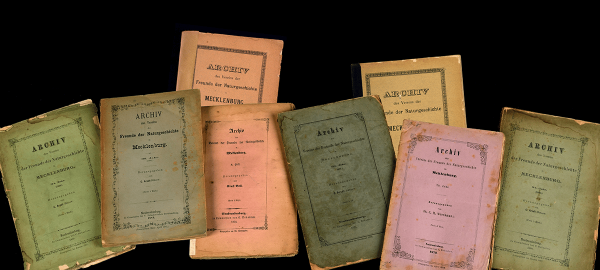
Library/Archive
The extensive natural scientific library has been part of the State Natural History Collections since 1866. You’re welcome to arrange an appointment with us to browse it.
You might also be interested in
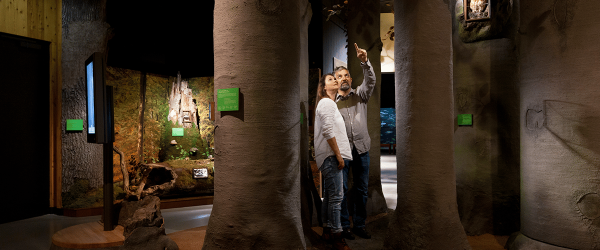
Natural History Exhibition
Hermit beetles, deadwood, giant trees and the king of the air – find out more about these exciting species and topics.

Guided tours
Would you like to find out more about the Müritzeum and its different sections? Enquire about a guided tour now.
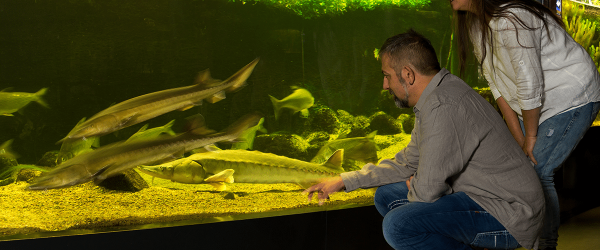
Aquarium Landscape
Immerse yourself in the fascinating underwater world of the Mecklenburg Lake Plateau – here with us in the Müritzeum.
